Creating a bird-friendly balcony can transform your urban living space into a vibrant ecosystem that benefits both birds and humans. Many well-intentioned bird lovers, however, make critical mistakes when setting up their balconies that can actually harm birds or fail to attract them altogether. Whether you’re a seasoned bird watcher or simply interested in bringing more nature to your high-rise home, understanding these common pitfalls will help you create a truly safe and welcoming environment for your feathered visitors. This guide explores the essential mistakes to avoid when designing a bird-friendly balcony, offering practical solutions that balance aesthetics, functionality, and bird safety.
Using Glass or Transparent Barriers Without Bird-Safety Features
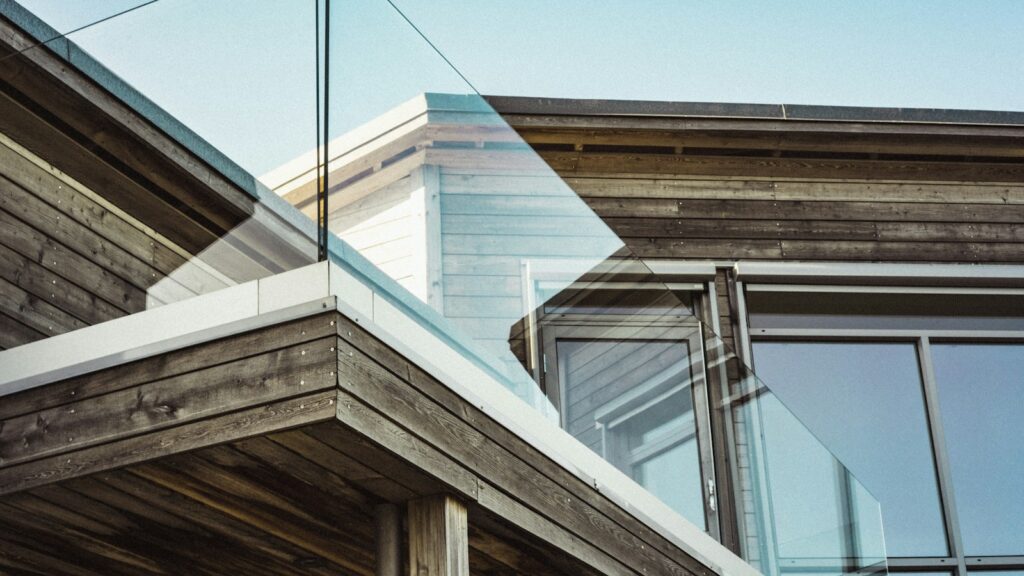
Glass balcony panels are among the deadliest hazards for birds, causing millions of fatal collisions annually as birds cannot perceive transparent barriers. Birds see reflections of sky or vegetation in untreated glass and fly directly into these seemingly open spaces, often sustaining fatal injuries even at low speeds. To prevent these tragic collisions, apply specialized bird-safety decals, window films, or tape patterns spaced no more than 2 inches apart vertically or 4 inches horizontally—measurements proven effective by ornithologists. External screens, frosted glass patterns, or specialized “fritted” glass that’s visible to birds but still transparent to humans are excellent permanent solutions that maintain your view while protecting avian visitors.
Selecting Plants Toxic to Birds
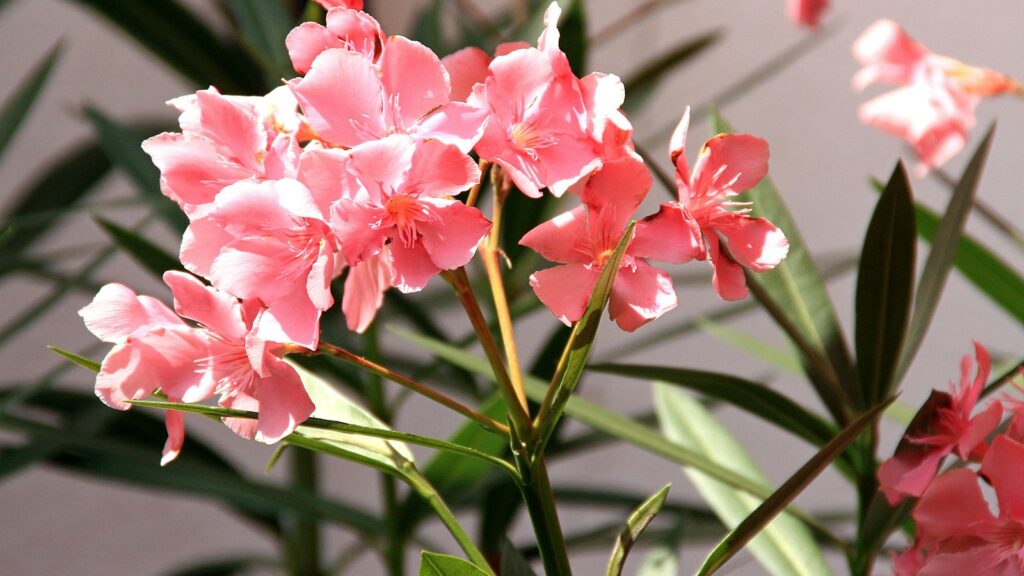
Many common balcony plants can be lethal to birds if ingested, creating an inadvertent hazard in your intended sanctuary. Popular ornamentals like lily varieties, oleander, foxglove, daffodils, and azaleas contain compounds that can cause severe illness or death in birds that nibble on their leaves, flowers, or berries. Even seemingly innocuous plants like avocado trees have leaves toxic to many bird species. Research each plant thoroughly before adding it to your balcony garden, consulting resources from ornithological societies or avian veterinarians that specify bird-safe options. Native plants are typically the safest choice, having co-evolved with local bird populations and providing appropriate nutrition without toxic compounds that might harm your feathered visitors.
Failing to Provide Adequate Shelter
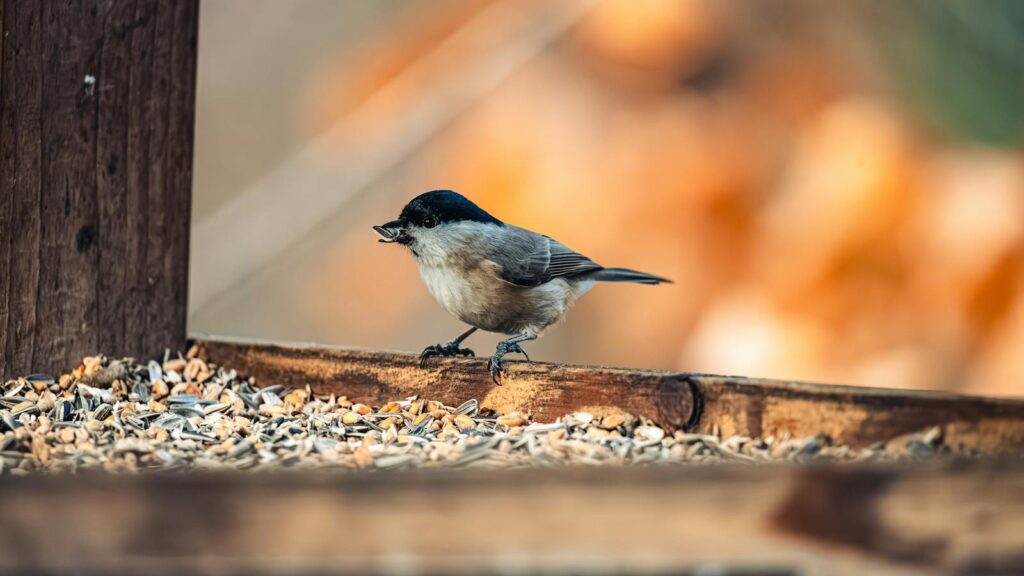
Many balcony bird enthusiasts focus exclusively on food while neglecting the critical element of protective shelter that birds require to feel secure. Exposed feeders in wide-open spaces make birds vulnerable to predators and harsh weather conditions, potentially transforming your balcony into a stressful environment rather than a sanctuary. Create sheltered feeding and resting zones using strategic placement of densely-branched potted shrubs, hanging plants, or small dwarf trees that provide both coverage and quick escape routes. Consider installing small roosting boxes or sheltered perches at varying heights, which are particularly valuable during extreme weather events when birds need protection from wind, rain, or intense sun.
Installing Inappropriate Feeders
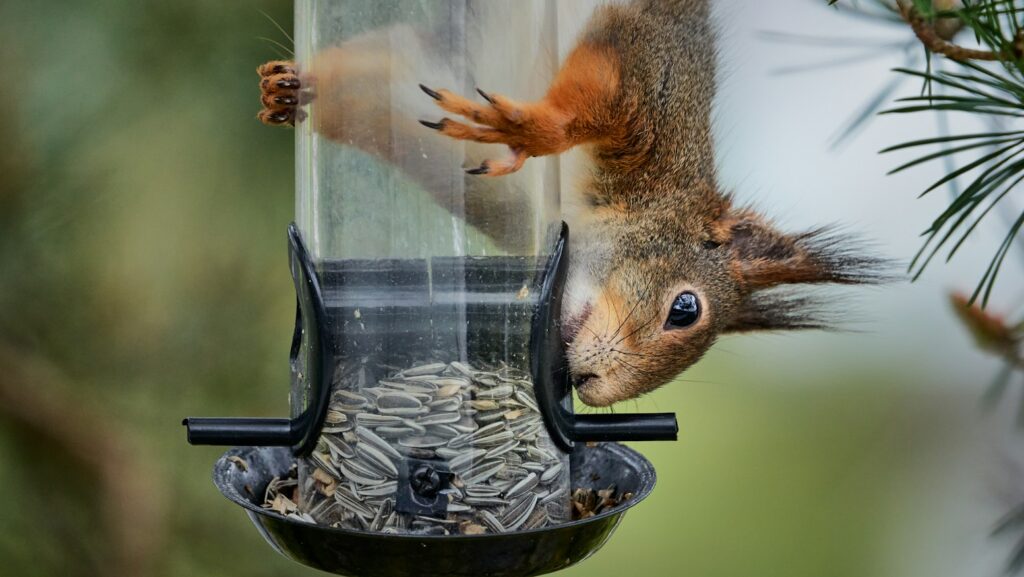
Poor feeder selection is a common mistake that leads to spoiled food, pest infestations, and potentially harmful exposure to the elements. Cheap plastic feeders often crack in extreme temperatures, while those without proper drainage can harbor mold that causes fatal respiratory diseases in birds. Feeders without squirrel-proof mechanisms may unintentionally attract rodents or larger animals that intimidate and drive away the birds you’re trying to attract. Invest in high-quality feeders made from durable, weather-resistant materials with proper drainage holes, seed-catching trays to prevent spillage, and built-in protection against larger animals. Choose feeders appropriate for your target bird species—tube feeders for smaller songbirds, platform feeders for larger species, and specialized nectar feeders for hummingbirds.
Using Harmful Pesticides and Chemicals
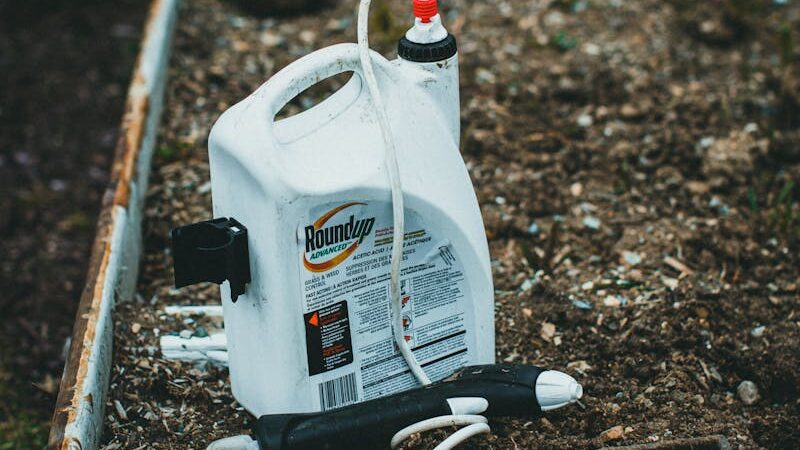
Chemical treatments on balcony plants can have devastating effects on the birds you’re trying to attract, causing poisoning through direct contact or ingestion of treated plants and insects. Even products marketed as “natural” can contain compounds toxic to birds, whose respiratory and metabolic systems are extremely sensitive to many chemicals humans consider safe. Abandon chemical pesticides and fertilizers entirely, opting instead for organic gardening methods like companion planting, manual pest removal, and biological controls safe for birds. When treating pests becomes necessary, research bird-safe alternatives like insecticidal soaps or neem oil that break down quickly without harmful residues, and never apply these treatments when birds are present.
Creating a Featureless Environment
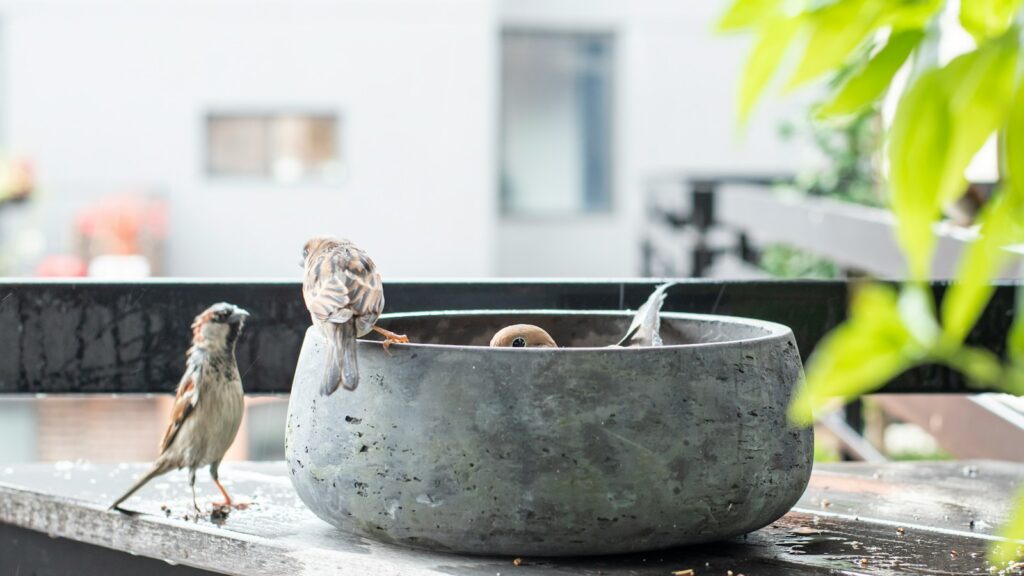
Many bird enthusiasts create monotonous balcony environments with just one type of plant, feeder, or water source, severely limiting the variety of species they’ll attract. Birds require diverse habitats that mimic natural ecosystems with varying heights, textures, and resources to support different feeding, resting, and bathing preferences. Design your balcony with vertical layering—ground-level plants, mid-height shrubs, and taller vegetation or structures—creating multiple zones that appeal to different bird species and behaviors. Incorporate various natural materials like branches, stones, and different plant textures that provide multiple perching options, foraging opportunities, and microclimates that birds can select based on their specific needs.
Neglecting Water Sources
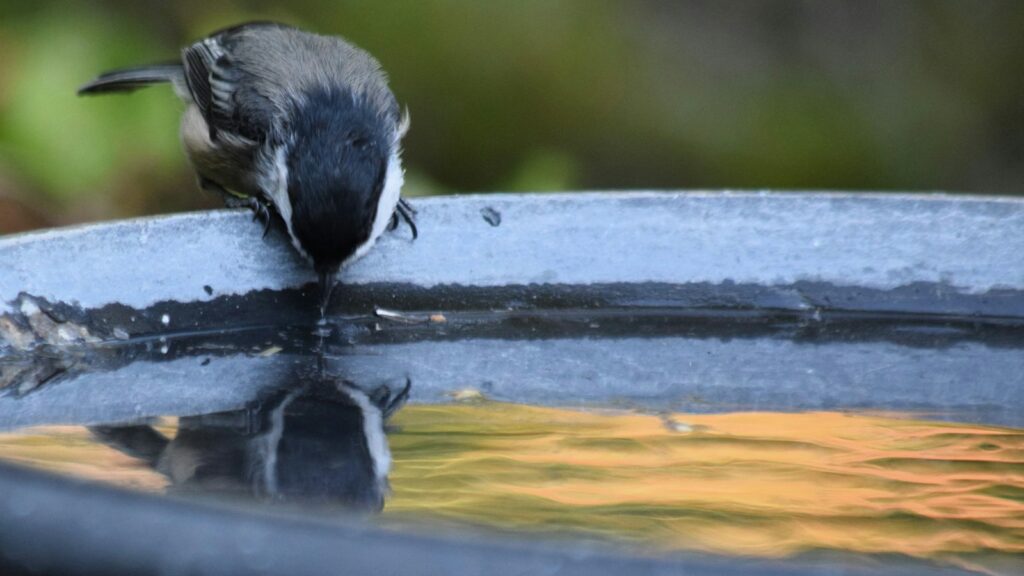
Providing bird food without access to fresh water is a critical oversight that limits your balcony’s appeal and functionality for birds, who need water for drinking and bathing regardless of season. Many would-be bird hosts install inappropriate water features that are too deep (risking drowning), made of materials that overheat in the sun, or positioned in locations that make birds feel vulnerable to predators. Install shallow bird baths no deeper than 1-2 inches at the center with textured, non-slip surfaces that provide secure footing, and place them where birds have a clear sightline to spot approaching dangers. Clean and refresh water sources daily to prevent algae growth and mosquito breeding, especially important in warmer months when stagnant water can quickly become a health hazard rather than a resource.
Offering Inappropriate Food
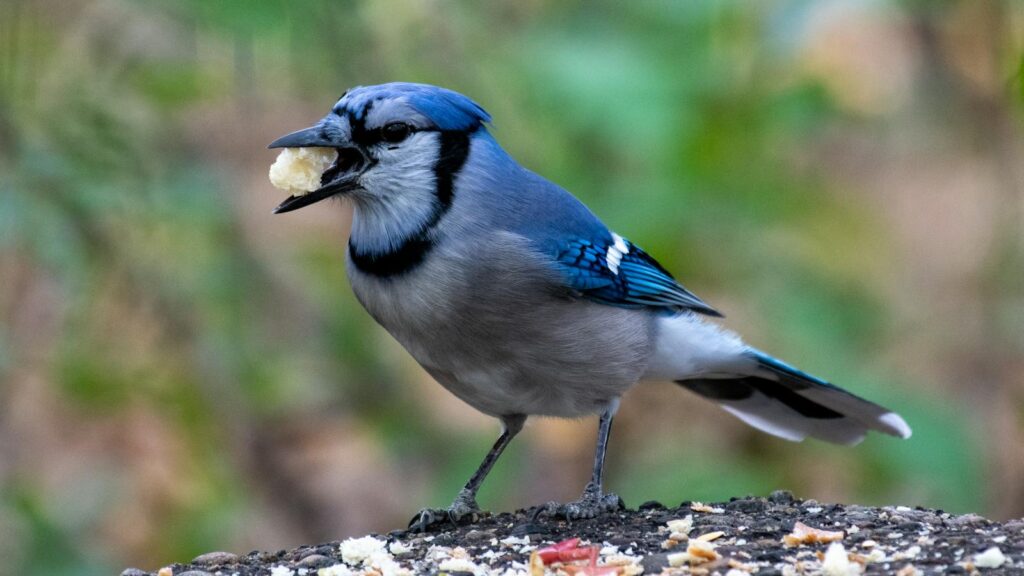
Providing the wrong types of food is an extremely common mistake that can cause malnutrition, dependency, or even direct harm to visiting birds. Human food like bread, processed seeds with artificial dyes, salted nuts, or sweetened mixes provide empty calories at best and toxic ingredients at worst, disrupting birds’ natural diets and potentially causing developmental problems. Research the dietary needs of bird species common to your region and season, providing high-quality, appropriate foods such as black oil sunflower seeds, unsalted nuts, millet, and suet for most songbirds. Consider supplementing with natural food sources by planting native species that produce berries, seeds, or attract insects, creating a self-sustaining ecosystem that provides nutritionally complete options year-round.
Creating Dangerous Entry and Exit Routes
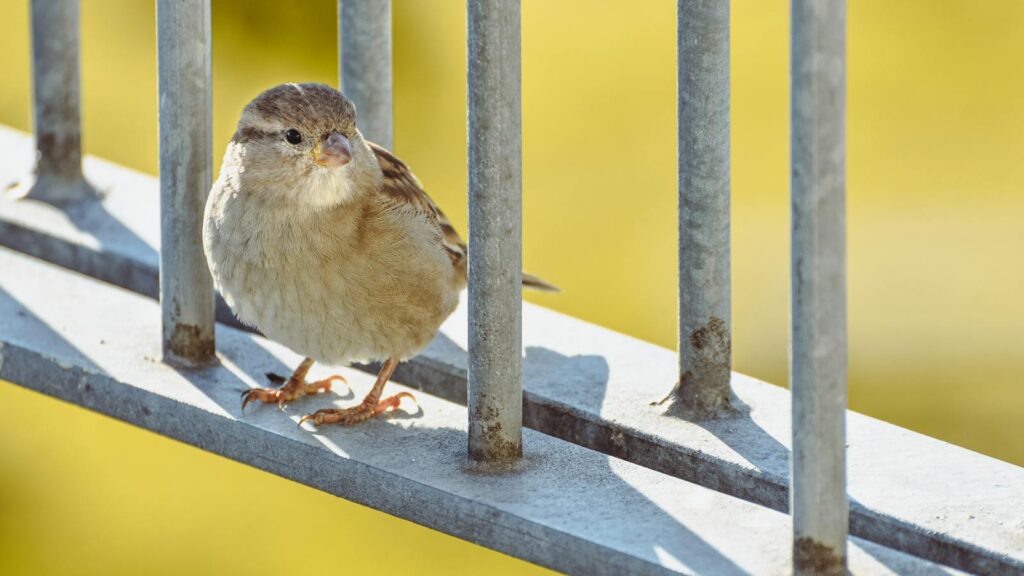
Birds need to feel secure when approaching and leaving feeding areas, and many balconies inadvertently create treacherous flight paths with invisible barriers, tight spaces, or confusing layouts. String lights, loose netting, or decorative elements with small openings can entangle birds, while tightly spaced railings might prevent larger birds from accessing your space entirely. Design clear flight paths with unobstructed approaches to feeders and water sources, removing any potential entanglement hazards like loose strings, netting, or holiday decorations when not in use. Position feeders and key resources at least three feet from windows to prevent panic-induced collisions when birds are startled, and avoid creating tunnel-like passages that birds might perceive as traps.
Ignoring Seasonal Needs
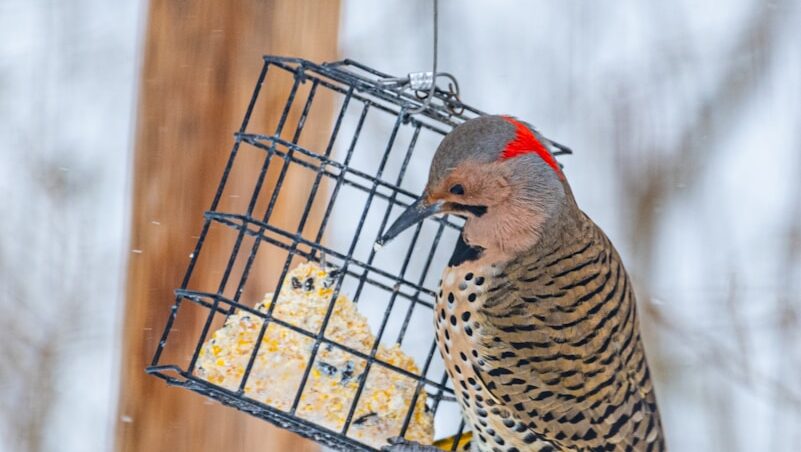
Many balcony bird enthusiasts use a static, year-round approach that fails to address birds’ dramatically different seasonal requirements, potentially leaving them without critical resources during challenging periods. Birds need high-fat foods during winter for warmth, protein-rich options during spring breeding season, and reliable water sources during summer heat, yet many balconies offer the same limited resources regardless of seasonal conditions. Adjust your offerings seasonally—providing high-energy suet and peanuts in winter, calcium-rich supplements during egg-laying season, and extra water sources during hot months when dehydration is a serious risk. Consider how your balcony plantings cycle through the year, ensuring some plants provide shelter during winter months when deciduous species have lost their leaves.
Creating Noise and Light Pollution
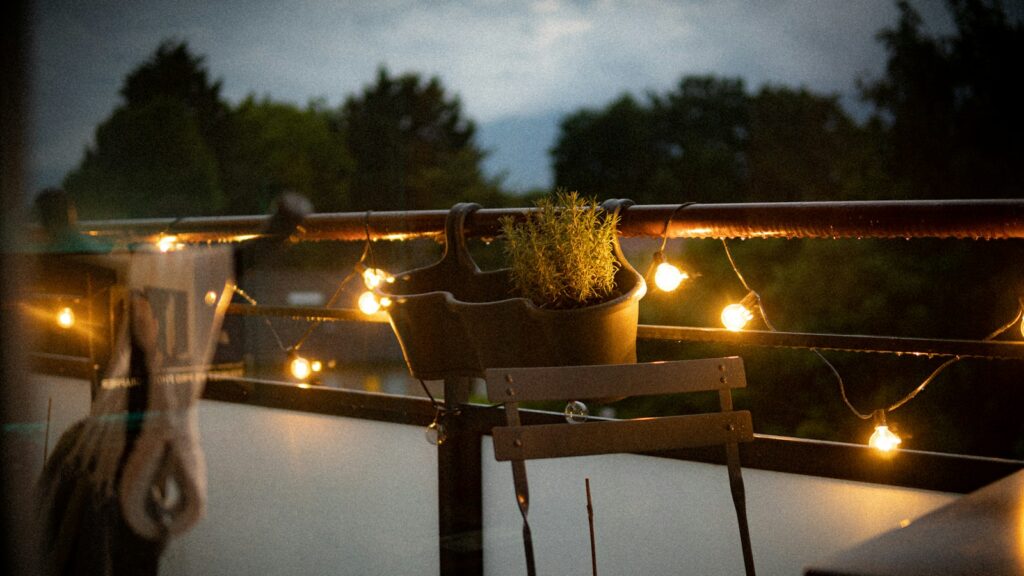
Excessive artificial lighting and noise can severely disrupt birds’ natural behaviors, interfering with navigation, feeding patterns, and breeding cycles that rely on natural light and sound cues. Bright balcony lights confuse nocturnal migrating birds and attract insects that collide with windows, while constant background noise from speakers or devices can mask the natural sounds birds use to communicate and detect predators. Minimize artificial lighting by using downward-facing fixtures with warm-colored bulbs only when necessary, and turn them off during peak migration seasons (typically spring and fall) when nocturnal migrants are most vulnerable to light disorientation. Create a peaceful sonic environment by limiting artificial sounds, allowing birds to hear natural alarm calls and communication signals essential to their safety and social interactions.
Allowing Domestic Pets Unsupervised Access
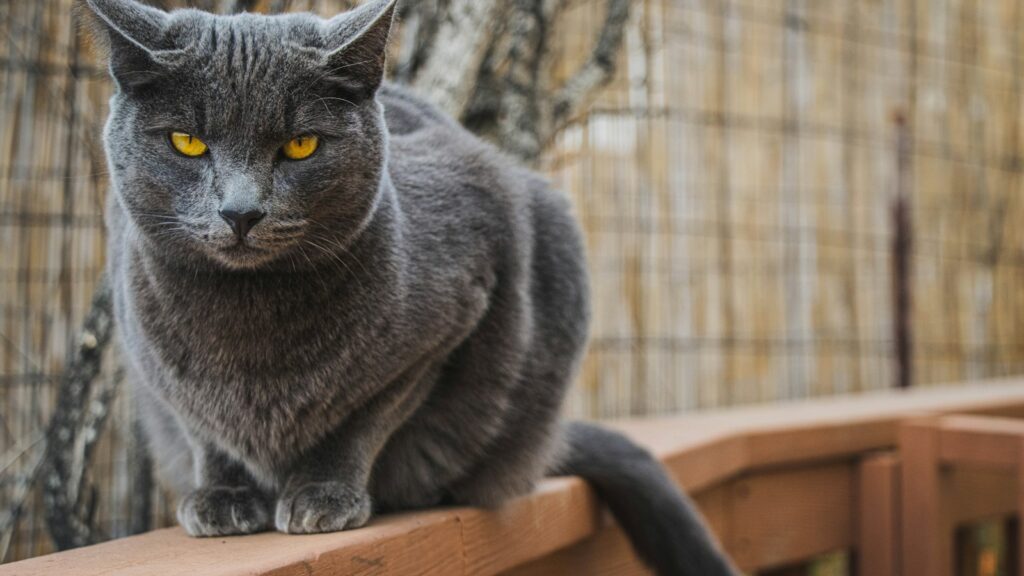
One of the most devastating mistakes is allowing cats and some dogs unsupervised access to your bird-friendly balcony, effectively turning it into a predator trap for the very wildlife you’re trying to support. Even well-fed domestic cats instinctively hunt birds, with outdoor and free-roaming cats killing billions of birds annually in the United States alone, while some dog breeds have strong prey drives that trigger chase responses. Create a schedule where your balcony serves exclusively as either a pet space or a bird sanctuary at different times, never allowing cats outdoors unsupervised and training dogs to respect boundaries around wildlife areas. Consider installing a separate screened “catio” area if you want your cat to enjoy outdoor time while keeping birds safe in their dedicated section of your balcony environment.
Failing to Maintain Consistent Care
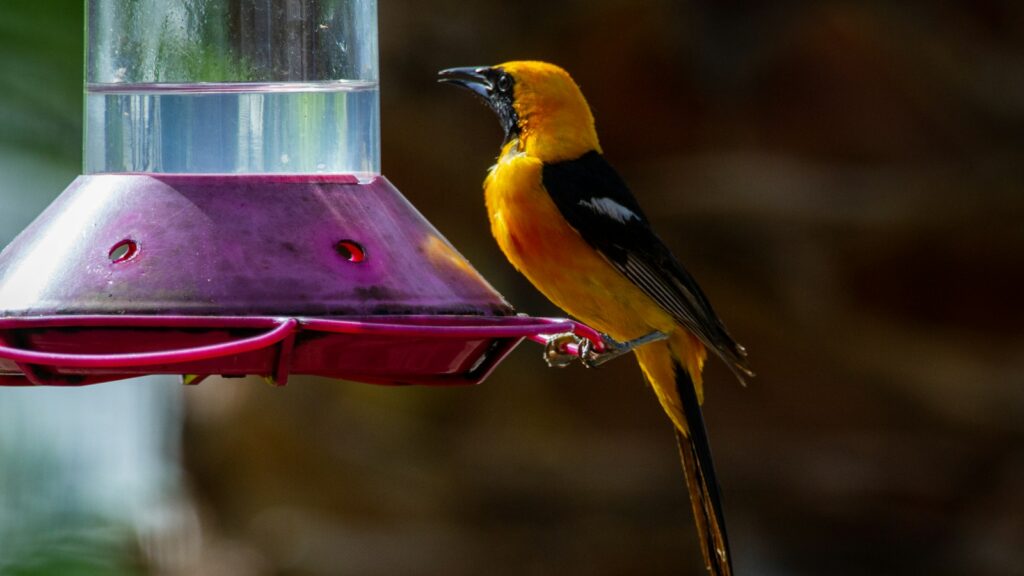
Irregular maintenance of your bird-friendly balcony can transform it from a sanctuary to a hazard, as birds come to rely on resources that then disappear or become contaminated. Empty feeders during crucial feeding periods, moldy seed, algae-filled water sources, or diseased plants can spread illness through bird populations or cause dependant birds to waste critical energy visiting a location that no longer supports their needs. Establish a regular maintenance schedule for cleaning feeders at least weekly with a 10% bleach solution, refreshing water daily, promptly removing spoiled food, and managing plant health without harmful chemicals. During periods when you cannot maintain these resources, such as during vacations, it’s better to gradually reduce offerings over several days rather than abruptly removing all resources, allowing birds to adjust their foraging patterns accordingly.
Conclusion
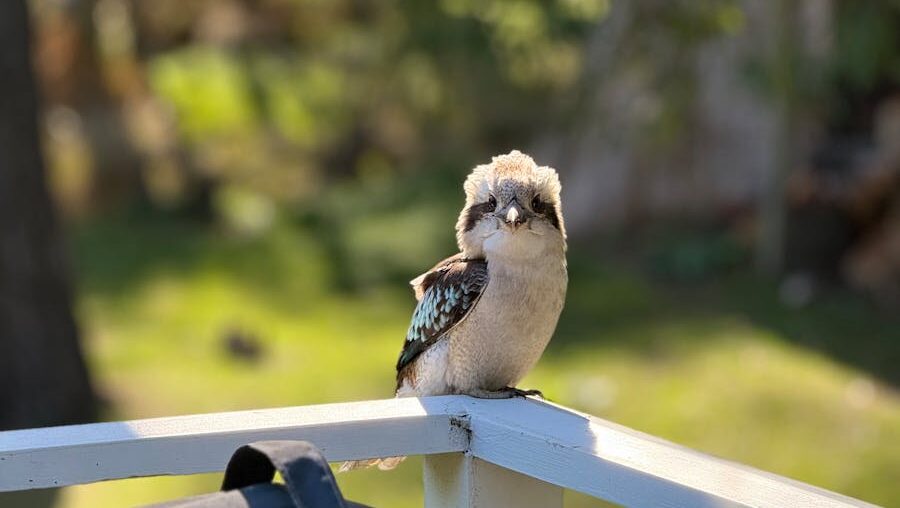
Creating a truly bird-friendly balcony requires thoughtful planning, consistent maintenance, and understanding the specific needs of your local bird populations. By avoiding these common mistakes, you’ll create not just a decorative space, but a genuinely beneficial ecosystem that supports urban biodiversity. Remember that your balcony can serve as a crucial stepping stone habitat in concrete-dominated environments, providing essential resources for both resident and migrating birds. The rewards of doing this correctly extend beyond the joy of birdwatching—you’ll be making a meaningful contribution to conservation while creating a more vibrant, natural living space for yourself.
